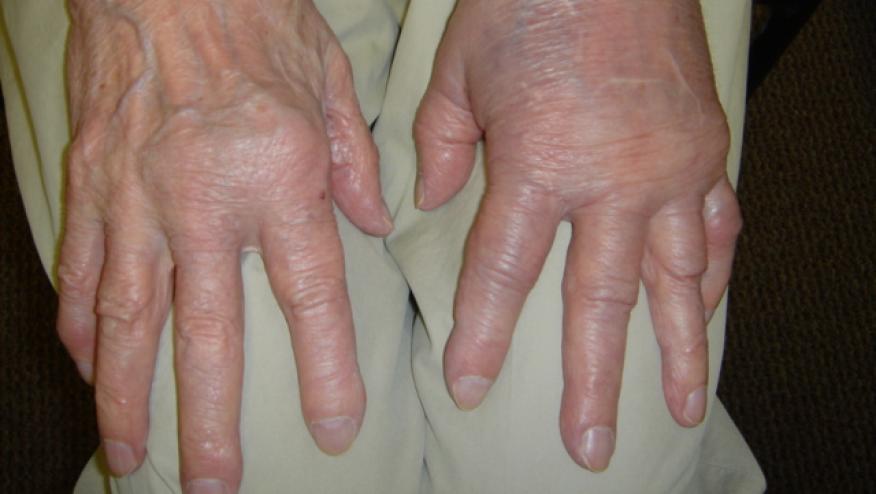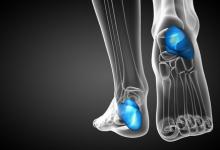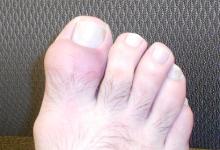Less Treatment, Responses and Safety in Elder-Onset Rheumatoid Arthritis Save

A recent review compared elderly-onset rheumatoid arthritis (EORA) to those with younger-onset rheumatoid arthritis (YORA) to assess treatment responses and safety issues with biologics and DMARDS. EORA is generally defined as the onset of rheumatoid arthritis after age 60 years. This is an increasingly important issue given the rising numbers of elderly in society, the greater risk of RA with aging, and the prevalent data showing elderly tend to be under-treated.
Numerous studies attest to the similarities between EORA and YORA with regard to RA progression, prognostic marker performance and functional outcomes. There are several studies showing the effects of drug therapy may not be the same in EORA.
For instance, tumor necrosis factor (TNFi) inhibitors are consistently and slightly less effective in EORA. Reduced efficacy has been shown with clinical (DAS28, SDAI) and functional (HAQ) measures. There is less, but similar, evidence of suboptimal responses to tocilizumab and rituximab (http://buff.ly/1oW3CEh) and possibly equivalent responses with abatacept (http://buff.ly/1SfoHVq) or tofacitinib.
The safety of biologics is a concern for many. While many studies and subanalyses have shown comparable incidence rates of adverse events between patients aged 65 and ≥65 years, others suggest the adverse event rates, particularly infections, are increased in EORA.
Increasing age has clearly been shown to be an independent risk factor for risk of serious infectious events (SIE). This risk is equal to the risk imposed by inflammatory RA activity, corticosteroid use or comorbidities. Collectively, age and these other factors are significant determinants of infectious risk that supersedes the risk imposed by a biologic alone.
Comorbidities are more prevalent in EORA, including cardiovascular disease, cerebrovascular disease, interstitial lung disease, chronic obstructive pulmonary disease, chronic kidney disease, peptic ulcer, diabetes mellitus, anemia, cachexia, cancer, osteoporosis, osteoarthritis, depression, cognitive impairment, and infections. Not surprisingly, these issues influence the choice of a particular DMARD or biologic in EORA. But which is worse: the risk imposed by age and one or more of these comorbidities or the risk of avoiding necessary treatment?
Numerous studies have shown EORA patients are less likely to receive aggressive therapies. This may stem from the issues noted above or from other issues, such as finances, access, restriction by comorbidities, etc. Although many approach the elderly with more conservative management, these same authors have shown that a T2T strategy can quite successful when employed in the elderly (http://buff.ly/1RjejqY).
Finally, this review article discusses the limitations imposed by frailty. Although not well studied in RA, frailty (defined by 5 criteria: loss of weight/muscle, slow walking speed, exhaustion/fatigue, muscle weakness, and low levels of physical activity) is likely to be another major determinant to outcomes in the EORA.







If you are a health practitioner, you may Login/Register to comment.
Due to the nature of these comment forums, only health practitioners are allowed to comment at this time.